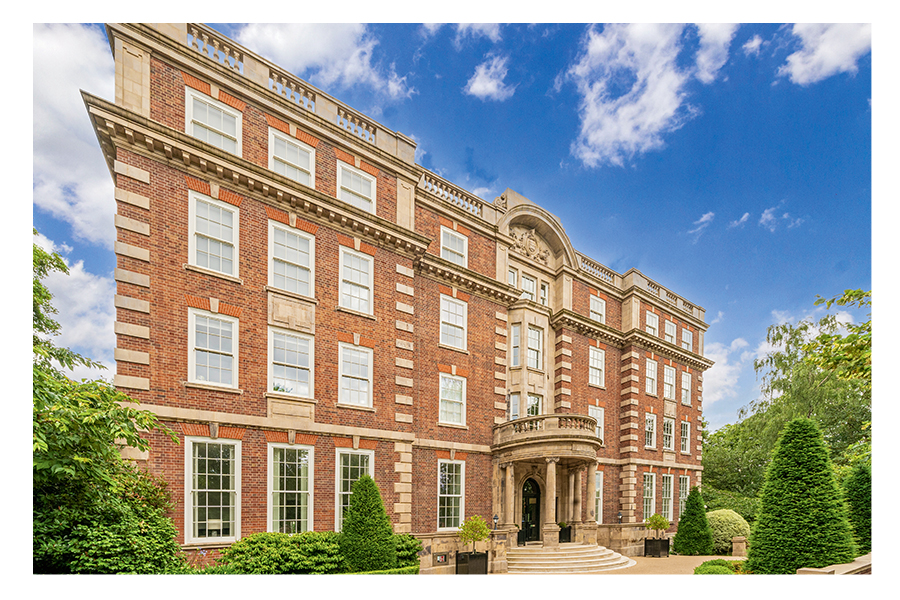If you love a home with history, London has rich pickings, and one of the most intriguing options for homebuyers in the Capital is investing in a listed property. These heritage homes are characterised by their historical and architectural significance and can offer a unique experience when it comes to luxury living. But before you put a down payment on that 18th century mews house you’ve been lusting after, it is vital to weigh up the pros and cons.
“Usually there is a good reason why English Heritage decide to list a property,” says Trevor Abrahmsohn from Glentree International. “Invariably, it’s a result of architectural integrity, or it could be the work of a celebrated architect. This listing process helps to preserve some of Britain’s greatest architectural masterpieces against the temptation of some to demolish the property, since the rebuilding of a new property does not attract VAT, whereas refurbishment of the existing does.” Trevor goes on to explain the various grades involved in the listing process. “Normally speaking, the listings are Grade I, Grade II*, Grade II, and there is an informal variant, ‘locally listed’, which is not an official classification, but more a reflection of the local planners’ desire to keep certain properties intact. For instance, in the cherished enclave of Hampstead Garden Suburb (the brainchild of the late Dame Henrietta Barnett), there’s been a recent blanket listing of certain properties, and this has irritated as many people as it has pleased.”

Dexters’ Oliver Sharpstone argues that while there are indeed restrictions when it comes to adapting a listed building, sentimental homebuyers look to listed properties precisely for their historical character, with careful and considered preservation being the name of the game. “Anyone with a sense of history tends to fall in love with listed homes due to the attention to detail displayed with each building,” he says. “Listed homes’ façades are eye-catching and grand, adding even more exclusivity and individuality. These buildings are situated in prime areas and come at a premium, so it’s no wonder there’s such a high demand for them… Known for its great architecture, Cumberland Terrace is a classic representation of Grade I stucco. Located on the outer circle of Regent’s Park, this road displays the designs of architect John Nash, further exhibiting the grandeur and opulence associated with listed properties.”
Charles Bobroff from Litchfields explains the nitty gritty of buying and selling listed:“It isn’t as scary as buyers are led to believe,” he assures us. “We sell an enormous volume of listed houses in Hampstead Garden Suburb and if the property has been restored or renovated within the design guidelines, and with listed building consents, then it should be a seamless sale. We’ve seen many wonderful examples of restorations to these beautiful houses where modern living incorporates the original and unique characteristics of the property. When selling a listed property, you need to prove that any works have listed building consents, so we would recommend getting all your paperwork in order, for example, all relevant planning permissions for any exterior and interior works carried out that have been accepted by the council. This makes the sale and conveyancing process that much easier. Of course, working with an estate agent with experience in listed properties can make a huge difference to your sale.”
Trevor concludes that: “When you come to sell a Grade II listed property (since they are the most numerous), not only is the exterior protected but also the interior and, sometimes, certain aspects of the garden. The good news is that in some cases VAT is chargeable at a reduced scale of five per cent, but on the downside, due to the many layers of bureaucracy, the time taken to gain consent for modifications can be quite laborious, if not tedious. This does impact on the mindset of a prospective purchaser who usually interprets a listing as a disadvantage, if not a cost implication. As such, properties have to be discounted to allow for the nuisance value by some five-10 per cent. However, I’d rather be in a world where good architecture is preserved for posterity, otherwise we would live in a soulless environment.”

